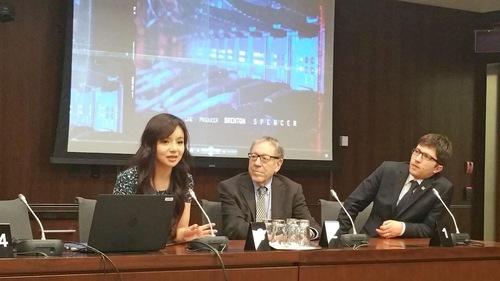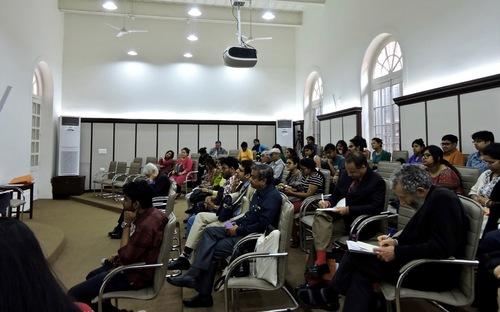Uber has long defended its controversial practice of price surging by arguing that raising fares motivates drivers to flock to affected areas to alleviate shortages. The problem is, it happens not only after sporting events, but even in times of national crisis, such as when Sydney was struck by a terrorist attack in late 2014 and prices rose by as much as 400 percent.
However, researchers at Northwestern University argue in an upcoming report that price surging does little to increase the supply of drivers in a given area, and could even push away drivers, who anticipate a sharp fall in demand due to the fare hikes.
A team led by associate professor Christo Wilson ran apps programmed to pretend to be 43 Uber customers in San Francisco and New York City, the second and third largest Uber markets in the country.
The program tracked price surges, wait times, and locations to see whether fare hikes cut down on wait time as advertised.
The researchers concluded that the system wasn’t an arbitrary price-gouging mechanism as some have suggested. Rather, price surges did fluctuate as dictated by Uber’s opaque algorithm, and correlated with longer wait times for customers.
“The system is definitely responding to supply and demand changes,” Wilson told Northwestern News.
However, the magnitude of the price hike was so large that drivers would often leave the areas with higher prices in anticipation of depressed demand, Wilson told ProPublica, a claim disputed by an Uber spokesperson.
That price surges often do little to alleviate shortages is corroborated by Uber drivers themselves. Brian Cole, an Uber driver in Ohio with a YouTube channel doling out advice to new drivers, recommends avoiding price surges because they'll likely disappear by the time you reach the affected area.





